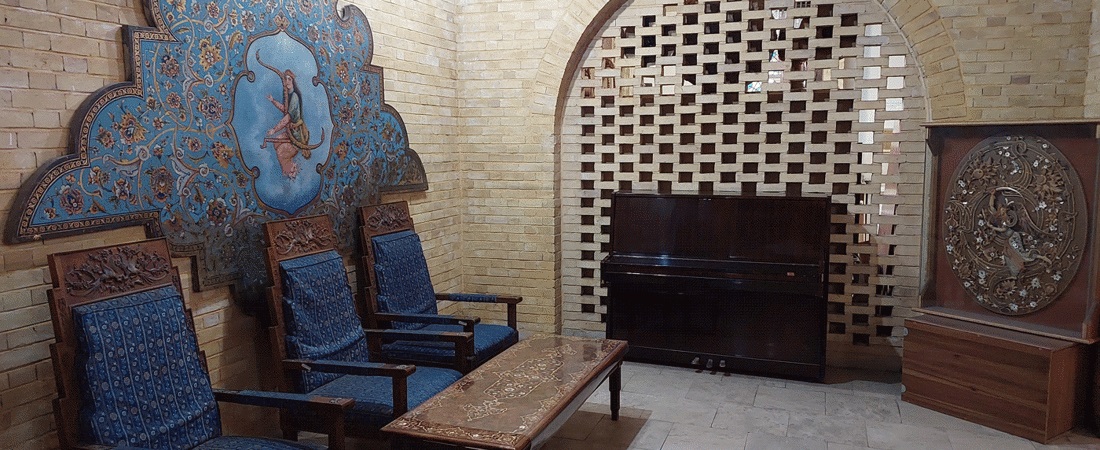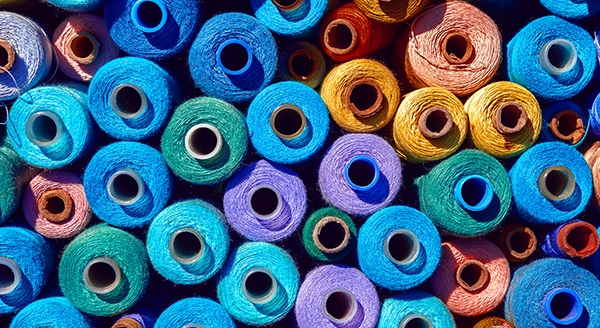ResearchGate |
|---|
Shape-Controllable Nanofiber Core-Spun Yarn for Multifunctional Applications |

Nanofiber core-spun yarn (NCSY) combines the advantages of traditional fibers and nanofibers to be widely used in smart wearable textiles, biomedical textiles, and functional textiles. Here, for the first time, the forming process of NCSY and its shape regulation mechanism were explored via finite element analysis and response surface analysis method to obtain mathematical model for predicting the various forms of yarn. As proof-of-concept applications, shape-controllable nanofiber core-spun yarns were prepared for thermal–moisture management and solar steam generation, respectively. The as-obtained shape-controllable PAN nanofiber/cotton composite yarns could achieve an interval control of |
||
|
2024-04-01 Read more about this article in source |
||
-
Springer more ...
Design and characterization of anti-microbial novel herbal nanofiber scaffolds for the management of periodontal diseases
.jpg?v=B9gaz1Ik_KfKYZYIjAkU6OrRb-OhMLm9lbv6F1L41Tw)
Design and evaluation of PCL and gelatin loaded nanofiber containing herbal formulation named Ashvakatriin the treatment of chronic periodontitis.... 11/19/2025
-
Springer more ...
Preparation and Characterization Evaluation of Urushiol/Polyvinyl Alcohol Nanofiber Membranes
In this study, medical-grade polyvinyl alcohol (PVA) is used as the base material and made into PVA nanofiber membranes via electrospinning.... 10/31/2025
-
Springer more ...
Cellulose acetate butyrate/cellulose Janus nanofiber membrane for unidirectional moisture conduction
Unidirectional conductive wet fiber materials are employed in membrane materials because of their directional transport capability. In this study, a... 10/29/2025
-
Diabetic ulcer is a prevalent complication affecting a large number of individuals globally and presents a significant challenge in healthcare, often... 10/27/2025
-
Springer more ...
Preparation and Evaluation of Nicotine and Quercetin Loaded Polyvinyl Alcohol Nanofiber Wound Dressings
The skin, which is a protective barrier for the human body, can be injured from time to time as a result of disease or trauma. Electrospun nanofiber... 10/20/2025
-
ResearchGate more ...
A comparative fractographic analysis for the effect of polymeric nanofiber reinforcements on the tensile behavior of multi-layered epoxy nanocomposites
This study presents a comparative investigation into the effects of four different nanofibers—PA66, PStX, PAN, and PVB—on the mechanical performance and failure mechanisms of epoxy adhesive films. These nanofiber‐reinforced adhesive layers were manufactured via a dry‐reinforcement resin film infusion method and tested under uniaxial tensile loading. Mechanical results showed that PA66 and PStX nanofibers improved tensile strength by up to 25%, primarily by mitigating crack initiation at free edges and promoting effective fiber–matrix bonding. In contrast, PAN nanofibers induced micro‐cracks at the fiber–resin interface, amplifying crack coalescence and reducing strength by 25%. 03/01/2025

